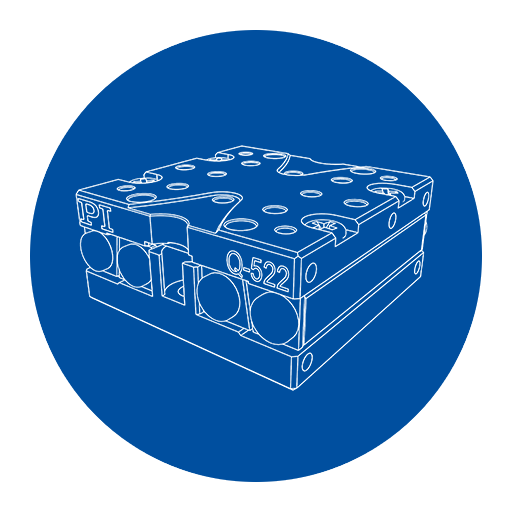The piezo ceramic actuator and its mounting are small. The same applies to the optional positioning sensor, and in conjunction with suitable mechanical components, the result is a positioning system with the smallest dimensions: Linear positioning stage with 21 mm width, rotating tables with a diameter of 14 mm.
Being small has advantages in microassembly, optical metrology or for applications in an ultrahigh vacuum.
The only thing that is really big is the product spectrum of Q-Motion® stages.




